Zimbabwe is one big wildlife sanctuary filled with tribes, dramatic landscapes and the world’s largest waterfalls. In addition, it is also a vibrant society filled with people struggling, but succeeding. Article posted May, 2022.
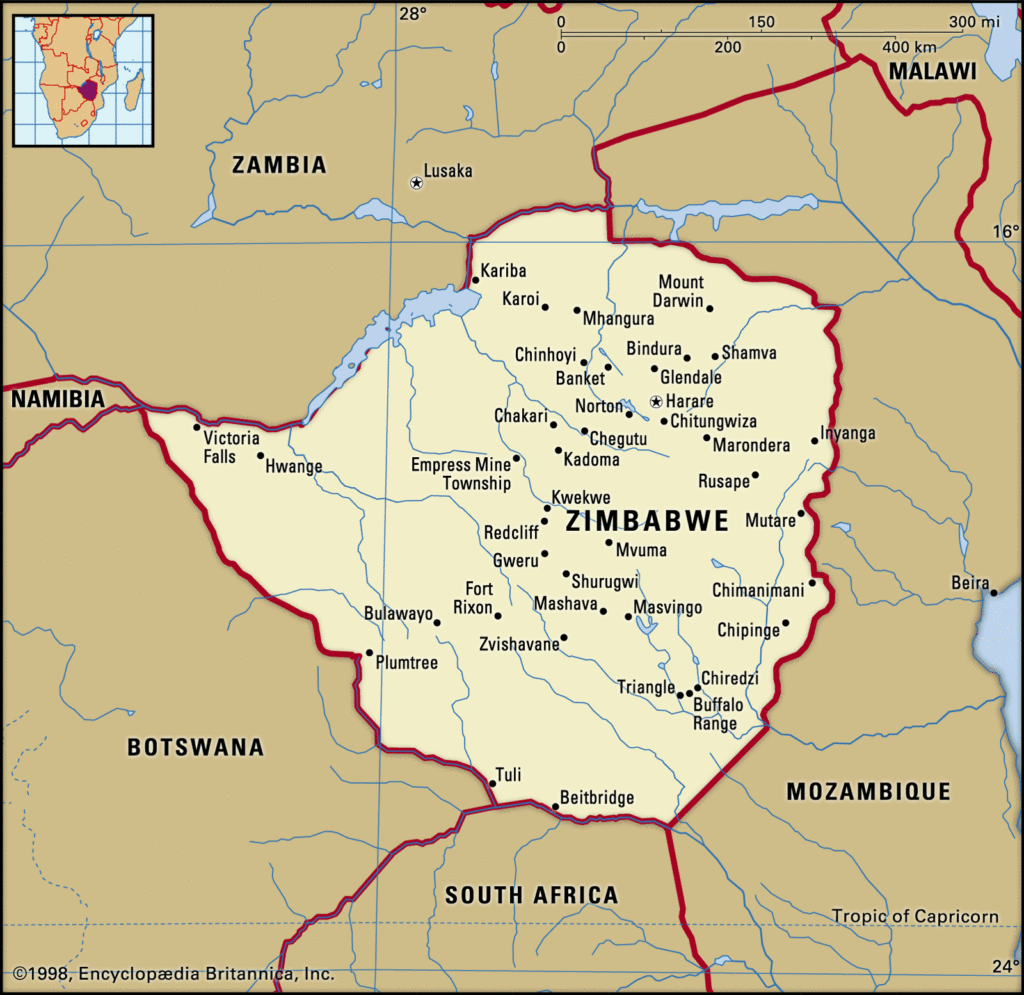
Introduction: For many, many years, this author hankered to go to Zimbabwe. Just the name sounded great: the last, but not least, of countries alphabetically. Zimbabwe is positioned right below Zambia on the list. As Zimbabwe unravelled over the decades, the author’s ardor was augmented by bad news emanating from Zimbabwe. He wanted the challenge of travelling around a country that news stories proclaimed to be one-step above a ”failed state” [think Syria, Afghanistan, Somalia.] The author visited Zimbabwe in 2019. Result: He found a beautiful country, chock-full of kind people and elephants. Most of the people (and some of the elephants) were struggling, but with their collective heads held high. His review was easy to write:

Reviewer: Zephyr Carlyle

Overall Experience: Zimbabwe is a great country! This mostly overlooked land has beautiful scenery, exotic wildlife, fascinating history, and welcoming locals. Make sure you visit Victoria Falls! We highly recommend it. Highlights: The safaris were great. We saw a rhino. And the most exotic wildlife are the local cows. We plan to go back next year. Add your own pictures:
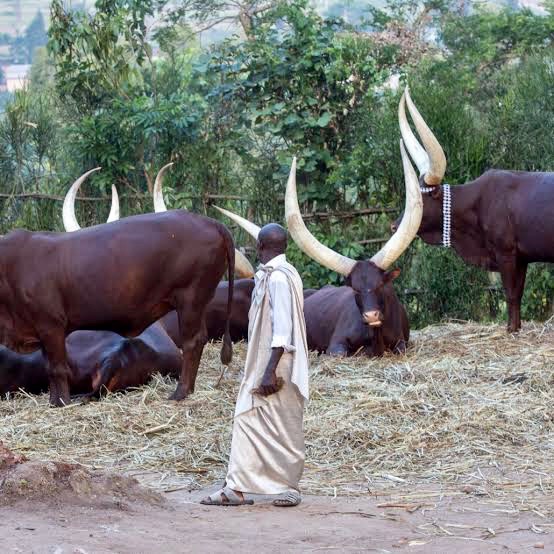

Add your own pictures: Okay, but militant vegetarians, avert your eyes

Exemplar Food Note: Restaurant “In-Da-Belly” in Victoria Falls caters to the food-ambitious visitors. On the menu: crocodile, impala, snake, and other game meats. Try the warthog schnitzel! Tourists turned bush carnivores can have wild game served with local delights. Local savories include corn-flour bread balls (sadza), accompanied by green cabbage with peanut sauce (Muriwo Unedovi.) In-Da-Belly does not however, stock up on mopane worms, another Zimbabwe culinary tradition. [The name ”In-Da-Belly” is an inside joke. A local, dominant tribe is the Ndebele which rhymes with the restaurant name.]
Zimbabwe had, and still has, so much promise. This author remains hopeful. The news article flying off the presses about Zimbabwe always seem to highlight the extreme, scary stuff. The truth is that Zimbabwe is on the mend, however fitfully. Some Zimbabwe people, groups and social classes continue to thrive. There is some confusion afoot about the current economy. To this day, there is a lot of bad press out there about the Zimbabwe’s current economic woes — it doesn’t sound great. Yet, the World Bank recently had this to say about Zimbabwe:
“The economy rebounded in 2021 driven by recovery of agriculture and industry and relative stabilization of prices and exchange rates. GDP is estimated to have grown by 5.8% in 2021 after contracting by 6.2% in 2020.The middle and professional classes survive. An exceptionally good agriculture season, coupled with slowing inflation and higher remittances boosted domestic demand. Relaxed pandemic restrictions, good vaccination levels, and favorable terms of trade supported stronger industrial production and exports, with exports of minerals expanding by over 51% in a year. Some Zimbabwe people, groups and social classes thrive.”
https://www.worldbank.org/en/country/zimbabwe/overview#1
This article is more of a travelogue and less of a history lesson. However, lets give a nod to Zimbabwe’s history with a whirlwind review. The easiest, but over simplified, explanation is that Zimbabwe history mirrors that of South Africa. Local natives were invaded and violently colonized by the British. Unlike South Africa, with broad infiltration, the colonial urge in Zimbabwe was spearheaded by one man: Cecil Rhodes (1853 – 1902). Entrepreneur and empire builder Rhodes created the Rhodesia British colony which lasted about eighty years. In 1980, Robert Mugabe, one of several leading guerrilla leader led the country to independence after a fifteen years of civil resistance and warfare. Mugabe ruled the land for thirty seven years until 2017. His legacy was to leave Zimbabwe as a national nightmare. The country is now controlledby Mugabe’s former Vice President, Emerson Mnangagwa. President Mnangagwa is universally called by his well-deserved nickname: the Crocodile.
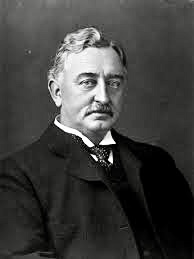
Zimbabwe Modern History: How Did This Whole Country Get Kicked Started?
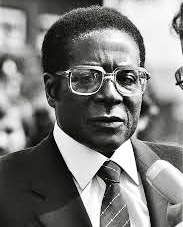
Zimbabwe Modern History: From Cecil Rhodes to Robert Mugabe to “the Crocodile”
To this day, Cecil Rhodes remains a polarizing figure: a visionary leader much heralded by many, but despised by others. He left quite a legacy. He is most famous for establishing the British South Africa Company that he lead to create the colony of Rhodesia (Zimbabwe). He also had many other achievements from the famous scholarship (Rhodes Scholar) to founding De Beers, the world’s largest diamond distributor for many decades. Rhodes started his path to fame and glory as a govenor in colonial South Africa. He broke off from South Africa to fight his way north against the fierce Zulu and Matebeli warriors. His vision was to establish a personal empire of a colony: Rhodesia. In Cecil Rhodes’ wake, a lot of British immigrants washed into Rhodesia and set up camp after killing many Matabele and other tribal inhabitants. In the 1890’s the British invaders seized the whole area and evicted, or murdered, the locals to take their land. The British conducted a campaign of extreme violence; ambushes, skirmishes, bush wars, guerilla attacks, limited battles, and out-and-out total warfare. At first, the natives had the upper hand and won many decisive battles against the British invaders. The tribes with spears and leather-bound shields defeated the British with their rifles and other modern weapons. Ultimately, technology took its toll. The much larger local forces succumbs to the firepower of the limited number of White invaders who used rifles, machine guns and dynamite; along with a scorched-earth policy of killing cattle and crops, creating famine. The death toll among natives was between 20,000 to 25,000; a huge death toll in a low population area. The ratio of British to tribal deaths is about 1:30. See https://www.oriel.ox.ac.uk/cecil-rhodes-racial-segregation-cape-colony-and-violence-zimbabwe
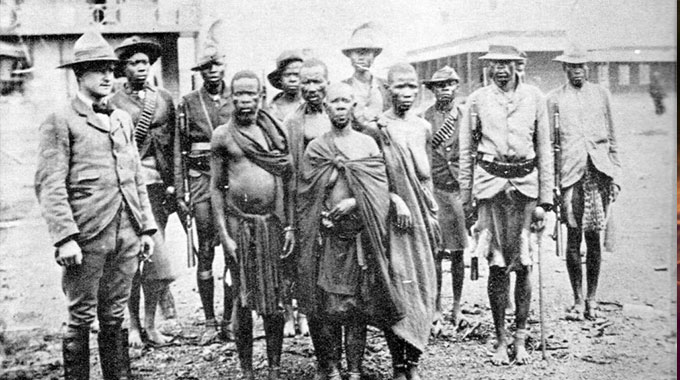
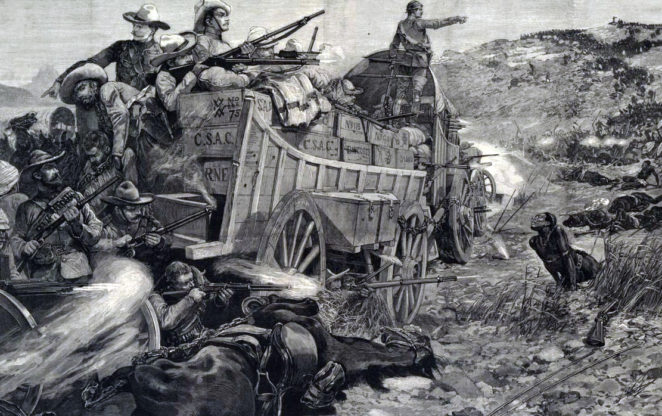
Once the local tribes were killed or beaten into submission, The British South Africa Company, under Rhodes direction, could set up business. They built towns, businesses, plantations, mines, financial institutions, local governments, etc. As part and parcel of this new society, the settlers had to create modern infrastructure where none existed before: modern schools, hospitals, paved roads, electricity, trains, jails, and the Christian church. This private colony, wholly owned by the British South Africa Company, was subsequently turned over to the British crown as a colonial possession of the United Kingdom. The British colonization starting in the 1890’s were of the ”recent invaders” by native African timeline. Yet over time, these white interlopers became full-fledged White Africans. At the time of majority Black rule in 1980, many of these relatively, newly-minted White Zimbabweans had never seen England, the distant, ancestral homeland. Simply using the term “White Africans” is an explosive issue. White Africans implies that white settlers and their descendants are now full participants in African life and culture. However, they can equally be considered foreign usurpers and destroyers of Black Africa. But largely, the White settlers built and created the modern county that all Zimbabweans live in today.
Truly, ”White Africans” have a unique status. Only South Africa and Rhodesia have substantial White Islands. Why not? Whites settled in, and developed, the most mineral rich and productive land in Africa. White invaders killed to steal the best. However, should their White descendants lose their land, wealth and privilege for what happened going back one hundred thirty years ago, or even eighty years? If yes, then the British atrocities still stains White Zimbabweans today — White Africans who took no part in colonial era terror and exploitation. If no, the White elite will continue to harvest the fruits of the tree stolen from natives and fertilized with their blood. This static dichotomy is tempered by the development of Zimbabwe from tribal societies to a modern world with roads, schools, electricity, large-scale farming and the like. The modernization was driven by the White elites and their local allies, but commonly used horribly exploited native workers to create this ”progress.” How to create social and economic equilibrium in today’s Zimbabwe is not an easy question to answer.
Back to colonial Rhodesia: In 1961, the White Anglo-Rhodesian overlords declare national independence from Britain. This act of liberation by White elites was followed by their cruel apartheid against African natives, similar to the apartheid of South Africa. During this time, Whites controlled the lion’s share of the economy – vast plantations, gold mines, banks, real estate holdings and the like. The vast majority of White folks continued to enjoy great privilege and wealth, even if they were not part of the small percentage of super-powerful,. Overall, this small population of White Rhodesian had a sumptous, wealthy life style that was the envy of those back in the ancestral home, England. Meanwhile, the Black African majority continued to enjoy all the privations: they were landless field hands on their ancestral land, minimal income laborers, or members the permanent unemployed. As result, the white-ruled national government faced a growing, wide-scale native uprising, increasingly violent from 1961 to 1980.
In 1980, after a long guerrilla war, the White ruling class was forced to step aside for a democracy of all citizens – black and white. In the first nation-wide election, the guerrilla icon and leader, Robert Mugabe, became the country’s first Black African president. With jubilation by liberated natives, Rhodesia was re-christened Zimbabwe, the “House of Stones, in the Shona tribal language. Black Africans now controlled the government and larger society. However, the White colonial elite retained their privileged position, at least for the first few decades. Slowly at first, and then rapidly, the White Zimbabweans were dislodged from their power and positions of control, sometimes violently. For example, Whites who did not voluntarily sell or give up their assets were forcibly evicted from their plantations. Some were killed as a warning to other recalcitrants. The plantation seizures paved the way for land redistribution schemes; that frankly, largely failed. Over time, the government and its allies seized white-owned businesses, financial institutions and the like, all under the banner of reclaiming stolen property. Many of these policies and power grabs had disastrous results. Many White Zimbabwean became refugees fleeing to South Africa, England or beyond. While in Zimbabwe, a White citizen told this author: ”My grandfather took abandoned land and built a winery from nothing. The government took our winery with no payment. Many of my friends have left already. I’ve never been to England. This is my county, too.”
For thirty-seven (37) long years, Robert Mugabe was first the undisputed properly elected leader; and later, the undisputed ruthless and authoritarian dictator. In 2017, at age 93, Robert Mugabe was deposed in a soft coup spearheaded by his then Vice President, Emmerson Mnangagwa. Since 2017, Emmerson has served the country as President Mnangagwa.
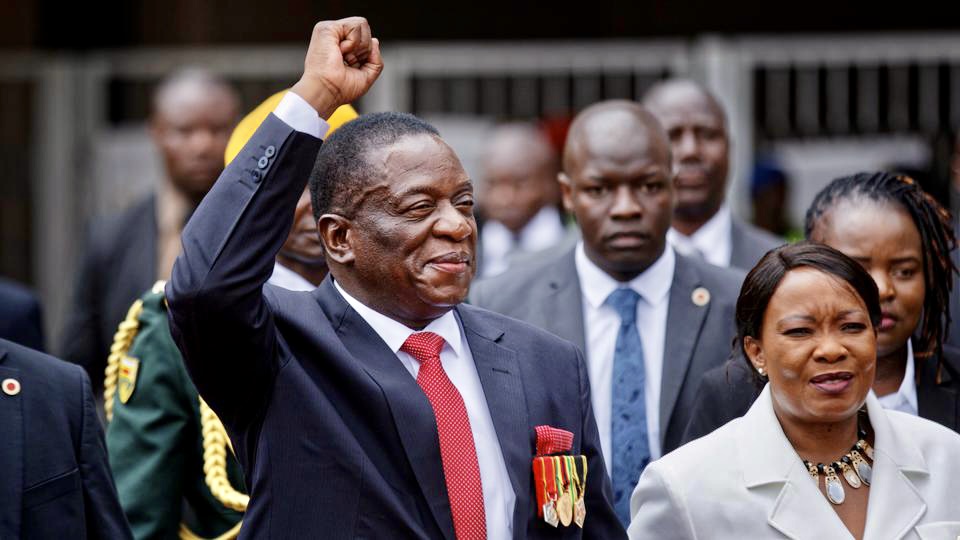
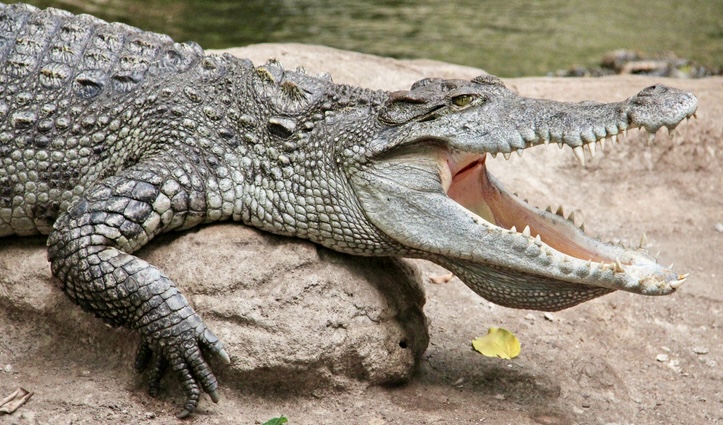
As a former violent guerrilla leader and shrewd political power-player, Emmerson Mnangagwa is universally called by his well-deserved nickname: the Crocodile. Mnangagwa’s faction of Zimbabwe’s ruling party is called LaCoste after the French clothing company whose logo is a crocodile

Hard to believe, but life got worse under the Crocodile. Under the control of Mugabe, and later the Crocodile, Zimbabwe has swirled down the economic toilet. Why? There are claims of everything from Black incompetence to White sabotage, and it is all tinged with greed and human stupidity. There are no heroes among the post-liberation rulers. All the finger pointing has not done a tinker’s dam of good for the average person. The only heroes are the ever-resourceful local citizens; both those natives still marginalized, and those remaining White who are acting in good faith. Zimbabweans have learned how to survive and lead a good life as best they can. Indeed, some segments of the Black community continue to thrive. There is social and racial diversity: there is both a Black middle class and a dwindling White farming community; although things continue to be in flux. The remaining Whites are figuring it out with the locals. And that is the Zimbabwe this author saw in 2019 and it remains to this day, Crocodile or no Crocodile.
Let’s Talk Money
This can be a very short discussion about the currency in 2019 Zimbabwe. Money? There was none.
The new, 1980 Zimabwean government, pitched the prior Rhodesian dollar and introduced the Zimbabwe dollar (called informally, the Zim dollar.) Over time, hyperinflation reduced the Zimbabwe dollar to one of the lowest valued currency in the world. Seriously, the government kept reissuing new currency but knocked off three or four zeros from the end. The government would collect the old 1,000 Zim dollar bills in exchange for a spankin’ new, one dollar Zim note in the new currency. Immediately the inflation horse race would gallop off again until the government re-issued another new currency using the same pattern. The final redenomination produced the “fourth dollar” (ZWL), which was worth 1025 ZWD (first dollars). July 2006, the black market value of the Zimbabwean dollar fell to one millionth of a an English pound (the English pound was worth $1.80 USD, in 2006). Let this sink in: One million (1,000,000) Zimbabwe dollars had the same purchasing power as less than two (2) United States dollars. As a result, inflation soared, peaking at an astounding monthly rate of 79.6 billion percent in mid-November 2008. To keep up with inflation, the government in 2008 issued a one hundred trillion bank note ($100,000,000,000,000.) See for example: https://en.m.wikipedia.org/wiki/Hyperinflation_in_Zimbabwe
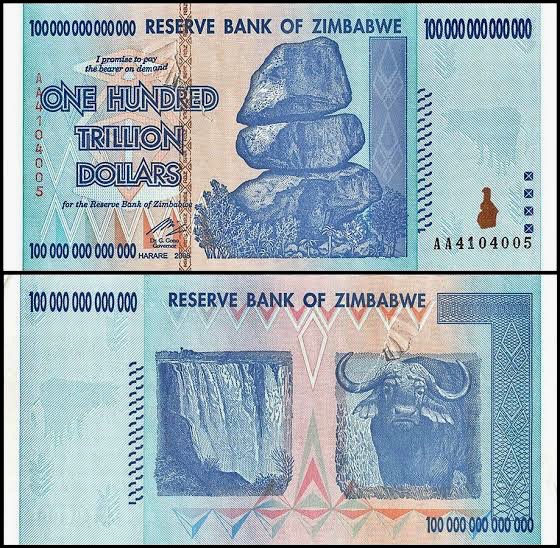
Left: The 100 trillion dollar bank note, worthless from the time it was printed. In 2008, Zimbabwe currency including the 100 trillion note was still issued but no one would accept it. Foreign currency was officially government recognized and everyone used foreign money. In fact, a basket of nine foreign currencies was legal tender. Foreign currency was the only functioning coin of the realm. In 2015, Zimbabwe officially “demonetized”, meaning that Zimbabwe abandoned their currency as legal tender — there was no Zimbabwe money. In 2015 people could swap out abandoned Zimbabwe currency for U.S. money at the rate of forty (40) cents USD for every 100 trillion Zim dollar banknote. When this author was visiting in 2019, many shops had four cash registers; one each for Euros, US dollars, English pounds and whatever other African country was closest — such as South African or Botswanan money. In 2019, Zimbabwe had plenty of sidewalk ATMs — all clean machines and facilities; but all empty of money. The ATMs had zero cash as the country issued zero money.
The current currency situation is confusing to all:
”The official currency of Zimbabwe is the Zimbabwe dollar (ZWL) although it is not an internationally recognized currency. This currency is in the form of *Bond Notes and **RTGS (real time gross settlement). However, the economy of the country is pegged in US Dollars, so essentially the US Dollar is the dominant currency…. Zimbabwe Bond Notes* are the physical cash notes. They are not a currency in themselves but are just a banknote for ease of transactions. However, there are not enough of these in circulation and the denominations are too small to be useful. These notes have no value outside of Zimbabwe.”
victoriafalls-guide.net/zimbabwe-currency.html
Please do not even ask about the RTGS, the ”real time gross settlement.” When this author was in Zimbabwe, the government was making a gingerly effort at a national legal tender, in the form of newly issued bond notes, the same type of currency mentioned in the above quote. The bonds are similar to municipal or other governmental bonds. These notes are a government promise to issue the bond holder actual money at some point in the future, when the government issues money. Similar to the current situation, the bond notes in 2019 were only small denominations, few in number, and nobody was buying them. American cash was, and still is, king in Zimbabwe.
How ‘bout Them Rhinos and Warthogs? – Just Move Aside, Make Way for “The Big Five”
Throughout sections of Africa, visitors and locals love to go on wildlife safaris. Zimbabwe is no exception, as its wildlife is truly exceptional. For a long time, it was a mystery to this author, why everyone in the wild safari biz (tourists, guides, land-rover renters, photographers — everybody!) is obsessed with finding “The Big Five” — the Holy Grail of African wildlife. The heady goal: in a one-day safari to see all of “The Big Five”: – Water buffalo, elephant, leopard, lion and rhino. Tourists can buy T-shirts such as: “I Saw the Big 5 and Survived.” In his broader travels in Southern Africa, the author wandered around and wondered about all The Big Five hoopla wherever he visited: ”Who cares about seeing another boring water buffalo? And why is it leopards and lions, but not tigers?” It turns out that, back in the day, “The Big 5” was the big game hunters equivalent of winning the Triple Crown. The members of “The Big Five” are the hardest animals to track down and kill on foot. For a wild game hunter to have the stuffed trophy heads of all five says a lot about the hunter. Now, all legitimate visitors are on a photoshoot safari, not a shoot ’em dead safari. Yet, “The Big Five” prize remains the same, in spirit. Zimbabwe is bulging with the “Big Five” but also has lots of many other species. The Zimbabwe runners-up in the safari glam competition are winners in their own right, such as:


This author visited two national wildlife parks in Zimbabwe, plus a one-day trip to a nearby Botswana national park that borders on Zimbabwe. However, the best and most beautiful wildlife experience was found on the banks of the Zambezi River, a short distance from Victoria Falls. The Zambezi River is the border separating Zimbabwe from Zambia (and the author’s first name is Zephyr, so it is a lot of ”Z”s to deal with.) To start with, the finest sunset this author has ever experienced was on a sunset cruise on the Zambezi River. The opening picture for this article is also a sunset on the Zambezi.
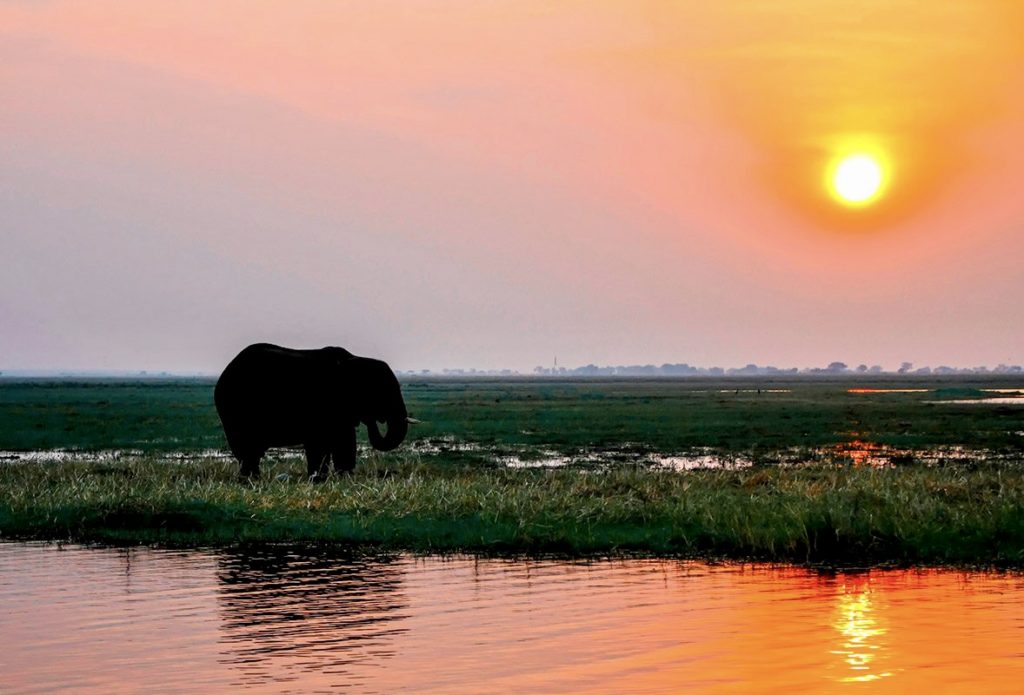
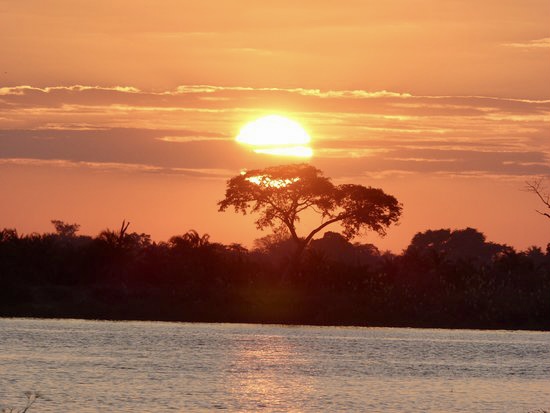
And the Zambezi river by daytime has drop-dead gorgeous scenery and wildlife — all in the most bucolic river setting:
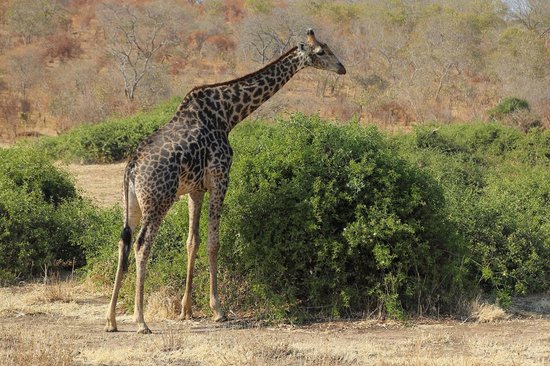

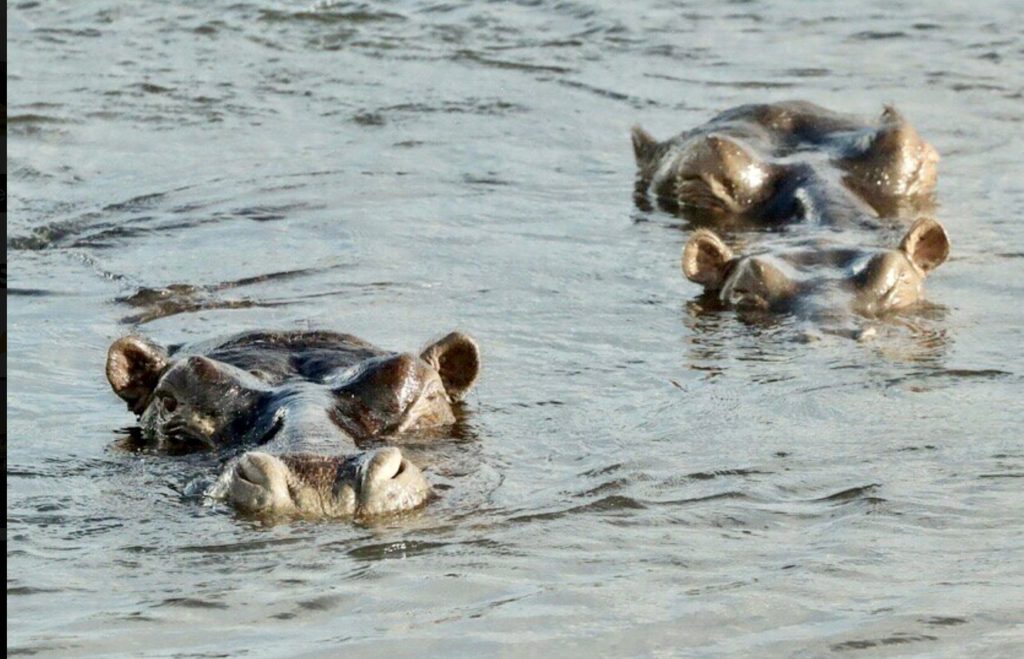
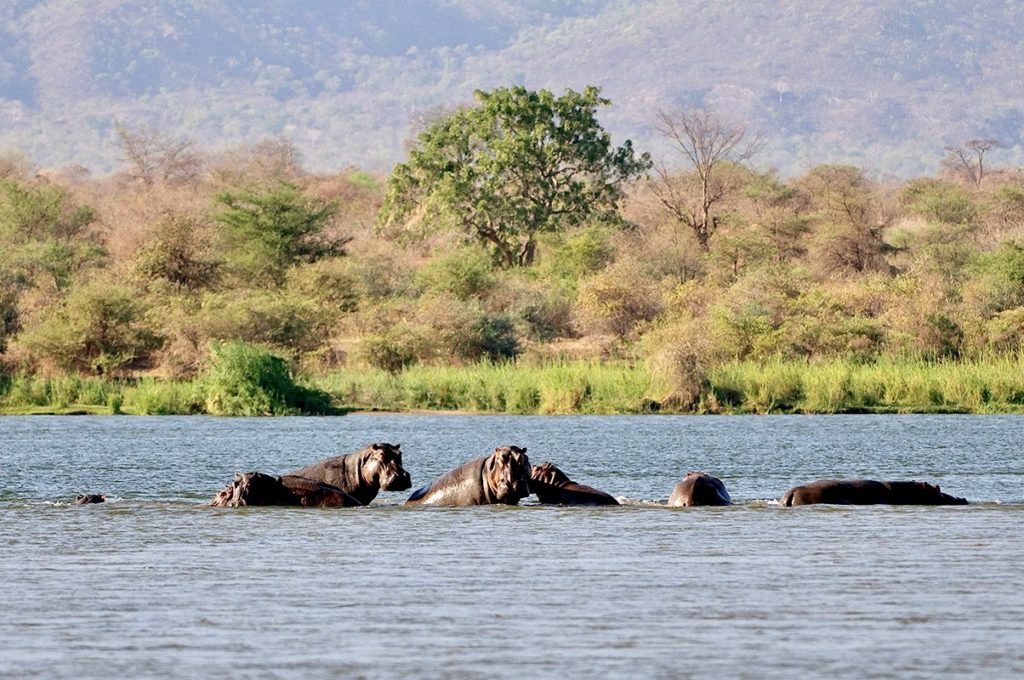
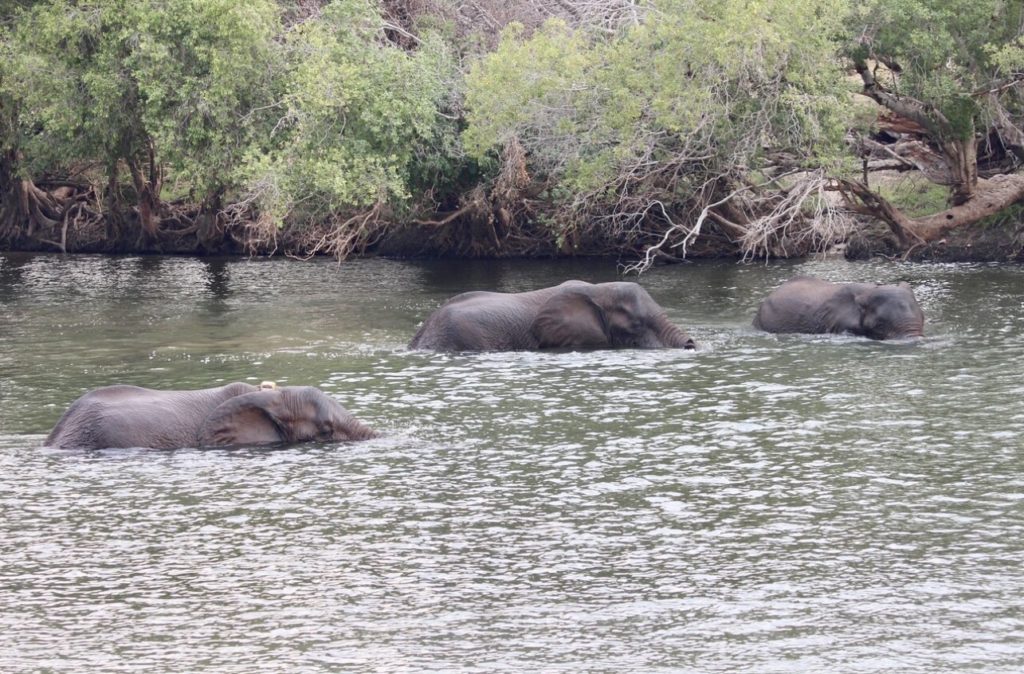
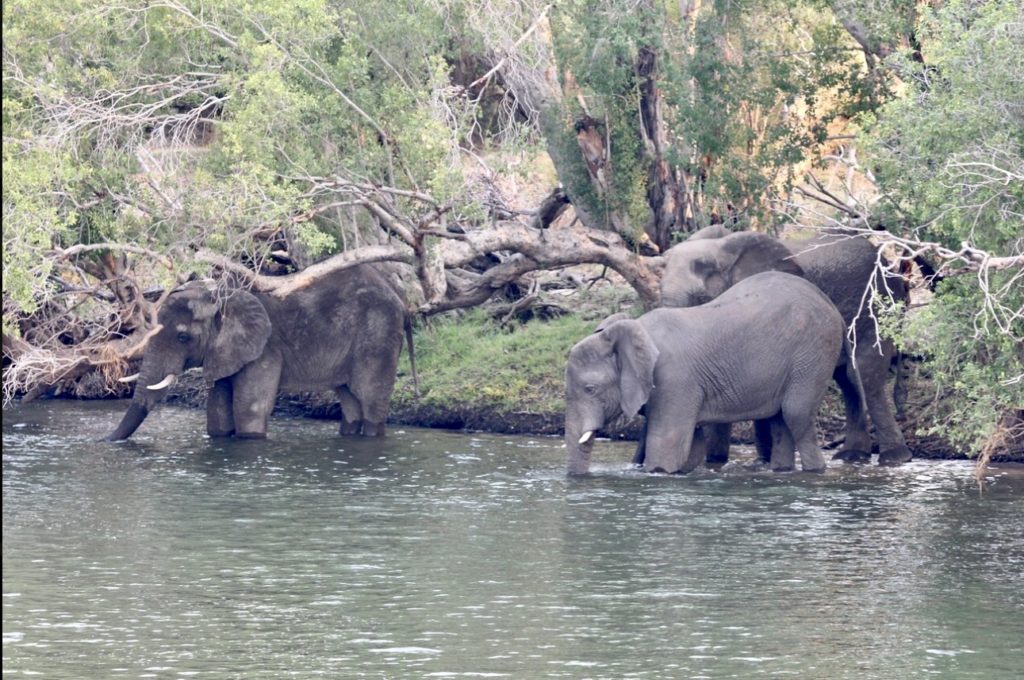
The author made a new friend on the banks of the Zambezi, a Zulu Warrior — Zephyr, the author below, already said there were a lot of ”Z”s in the mix:
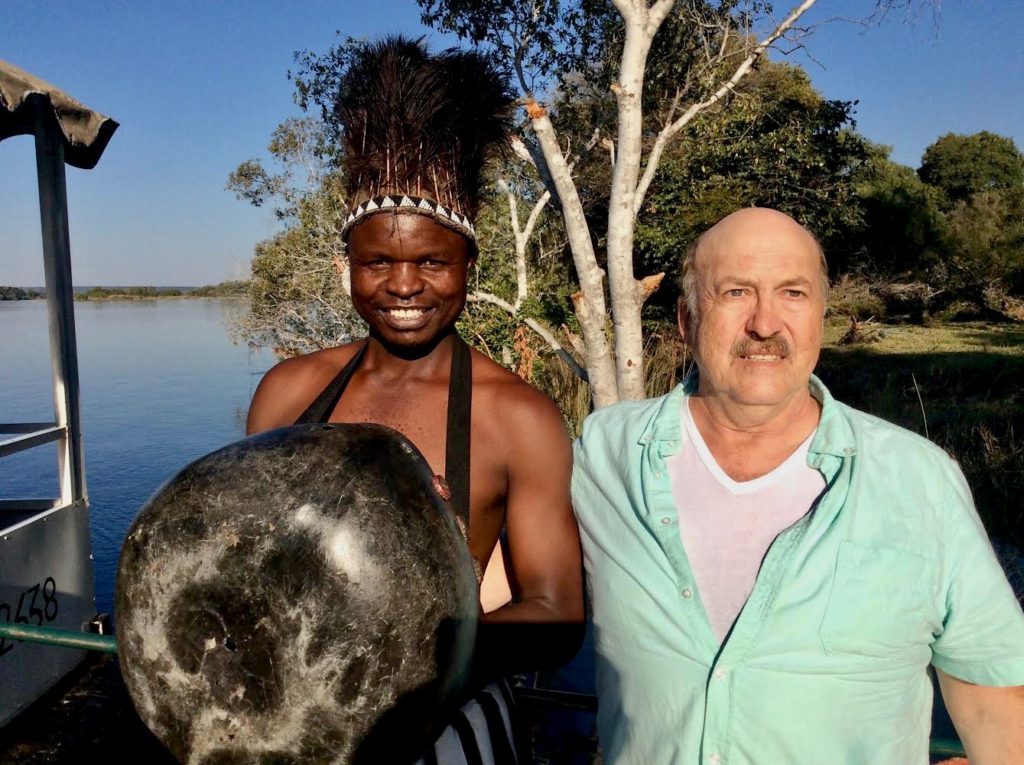
And What About All That Natural Beauty I Hear ’bout?
Zimbabwe has mountains in the East but is mostly high plateau with a higher central plane. Zimbabwe is famous for several outstanding topographic features: Motopo National Park, Victoria Falls, and the rock formations of Balancing Rock Park; plus many other rock events scattered throughout the country.
Endless Balancing or Bizarre Rock Formations
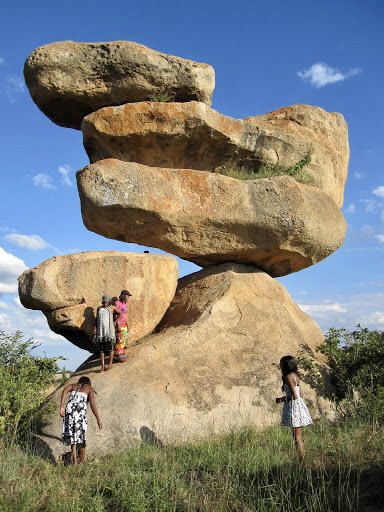
The windswept high plains and the rock outcroppings are in the heart and soul of every Zimbabwean. The obvious proof emanates from the Chiremba Balancing Rock Park. These rock formations are national symbols. They are plastered on every piece of currency, whenever the government is up to issuing money, which is infrequently. Besides Chiremba, there are many other famous rock formations throughout the country. Below: This rock formation is on the Zimbabwe two dollar note and the 100 trillion dollar banknote, which is pictured above.

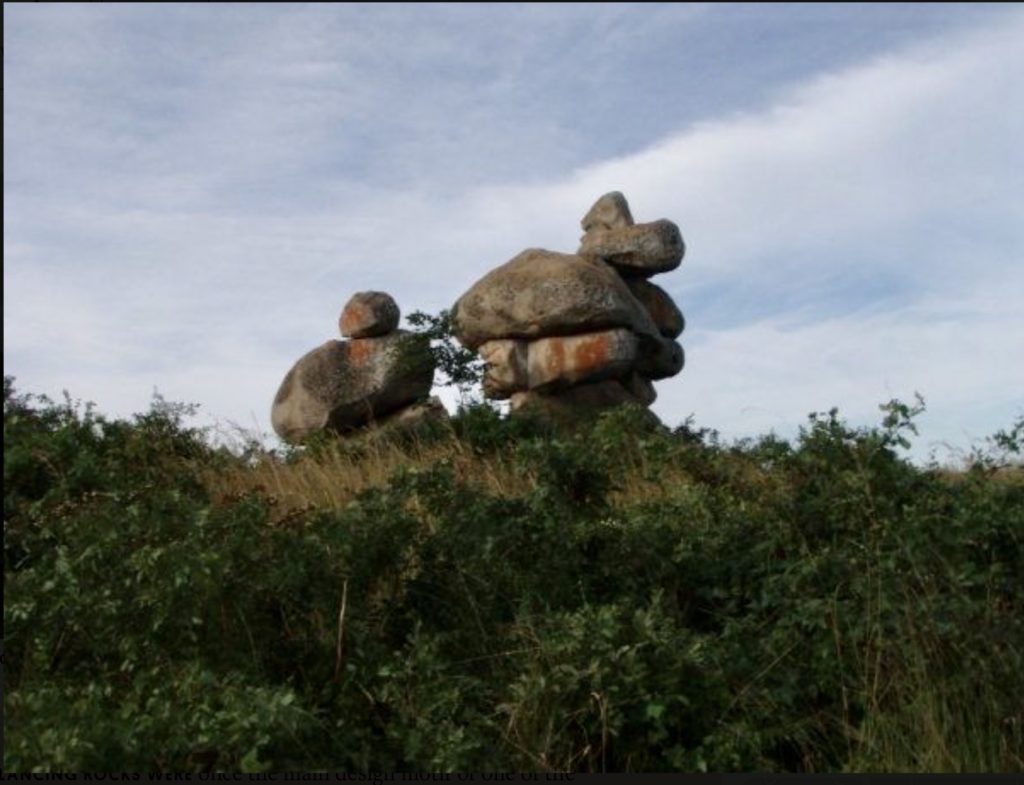


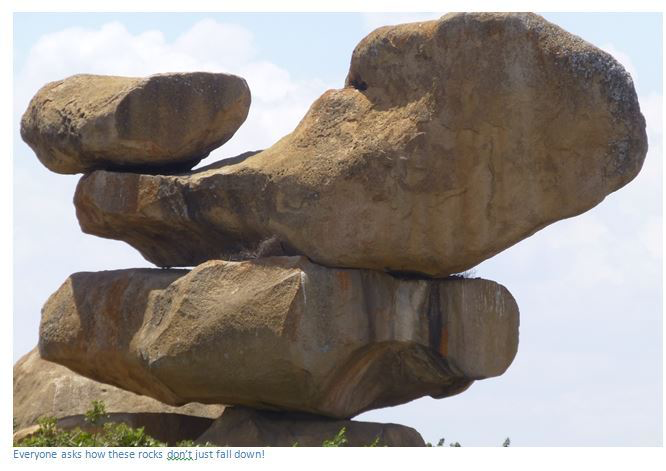
Motobo National Park – With a View of the World
The main tribes in Zimbabwe are the dominant Shona (77%) and minority Ndebele [also called Matabele] (17%) See refworld.org. The Ndebele are largely in the southern part of Zimbabwe in Matabeleland. The spiritual and temporal heart of Matabeland is Motobo National Park and surrounding area. This park has its own fantastic rock formations and the famous ”View of the World” with the burial monument to Cecil Rhodes.
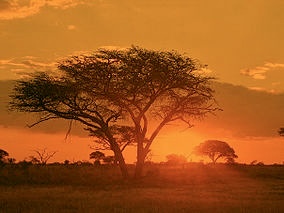

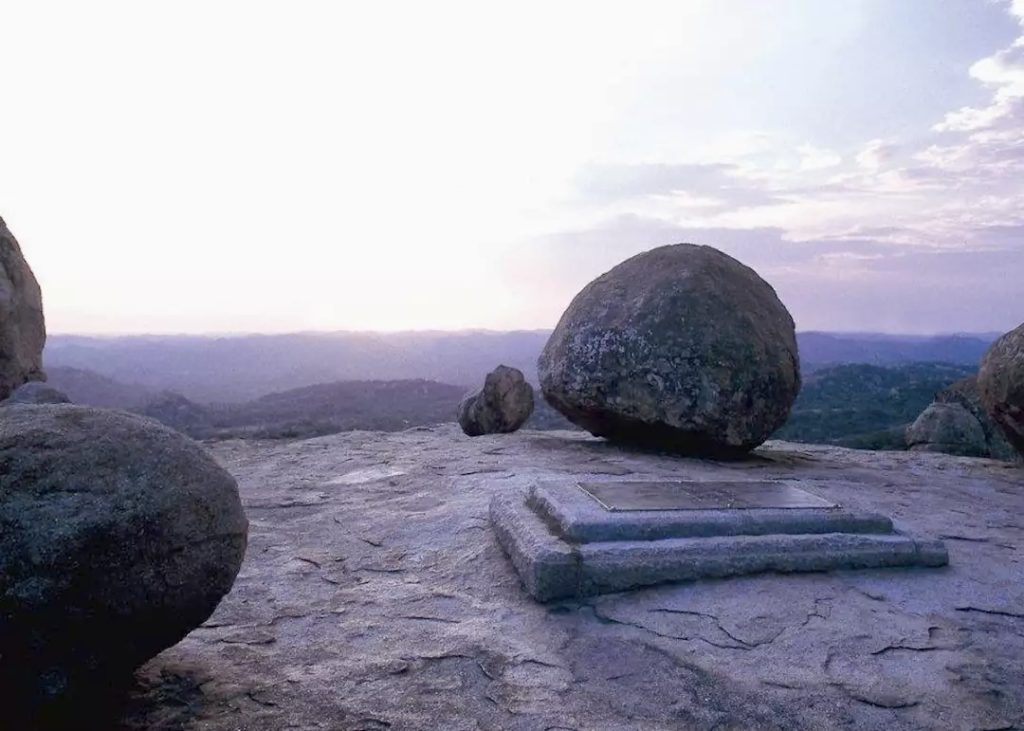
Motobo Park is Ndebele sacred land and contains the Njelele Shrine. According to Global Press Journal “People come to the Njelele shrine inside a sacred, hidden cave on the southwestern edge of Zimbabwe’s Motobo National Park for many reasons. Unmarried women travel to it hoping to find matrimonial luck. Politicians come in hopes of winning votes. Couples struggling to conceive visit to ask their ancestors for help. Local lore says the shrine even has the power to bring rain.”
This area has magnetic, wind-swept beauty – a figure of speech, no magnets needed. Matobo also called to Rhodes himself. Cecil John Rhodes was drawn to this area, a man who had cut a huge swath through Southern Africa. Of all of Africa he had surveyed, Rhodes wanted his burial site on a plateau in Matobo and for the spot to be called “view of the world.” He thought this location was the most magnificent site around; overlooking the matobo rocks, massive boulders, and exquisite scenery. This spot is indeed now called ”The View of the World.” There is a lot of local consternation as to whether a monument to Rhodes is a good idea in modern Zimbabwe.
Head North to Victoria Falls: Arguably, the Largest Waterfall in the World
Victoria Falls is a town in western Zimbabwe and the namesake of the adjacent massive waterfall. Victoria Falls is created where Zambezi River plummets over a cliff and into the “Boiling Pot” before flowing through a series of gorges. The famous Devil’s Pool, a natural infinity pool, is on the edge of a sheer drop. The surrounding Zambezi National Park is home to white rhinos and elephants. There are many contenders for the title of ”world’s largest waterfall,” and a number of different winners, all depending in criteria (height, width, etc.) By combining its spectacular height and width, Victoria Falls creates the world’s largest sheet of falling water. Victoria Falls is almost double the height of Niagara Falls. Victoria waterfall is over one mile wide (5,604 ft or 1,708 meters)and height of 354 feet (108 metres). Victoria Falls is indeed, the largest waterfalls in the world.


The local Makololo tribe named the Falls “Mosi-oa-Tunya” which means “The Smoke That Thunders.” This is an apt name. The spray from the Falls rises over 1,300 feet (four hundred meters) and literally rains down areas adjacent to the Falls. Combined with water vapor coming off the turbulent water, the area around the Falls has non-stop misty rain permeating the atmosphere. Oddly enough, through the rain, the misty fog looks like moist smoke. The endless noise from the Falls sounds like never ending thunder. Thus, the Falls creates its own weather system. As a result, adjacent to the Falls is a true ”rainforest” — the only rainforest on Earth that has rain non-stop all day and all night. This rainforest is unbelievably damp and lush with flora and fauna found nowhere else.
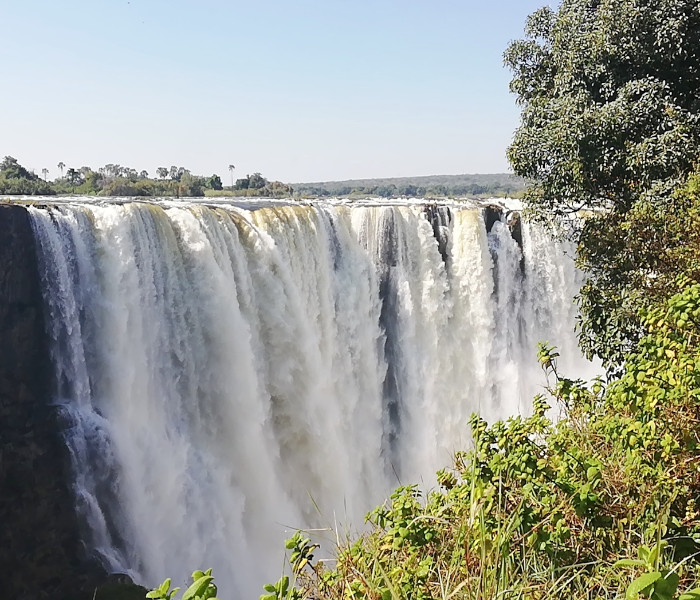

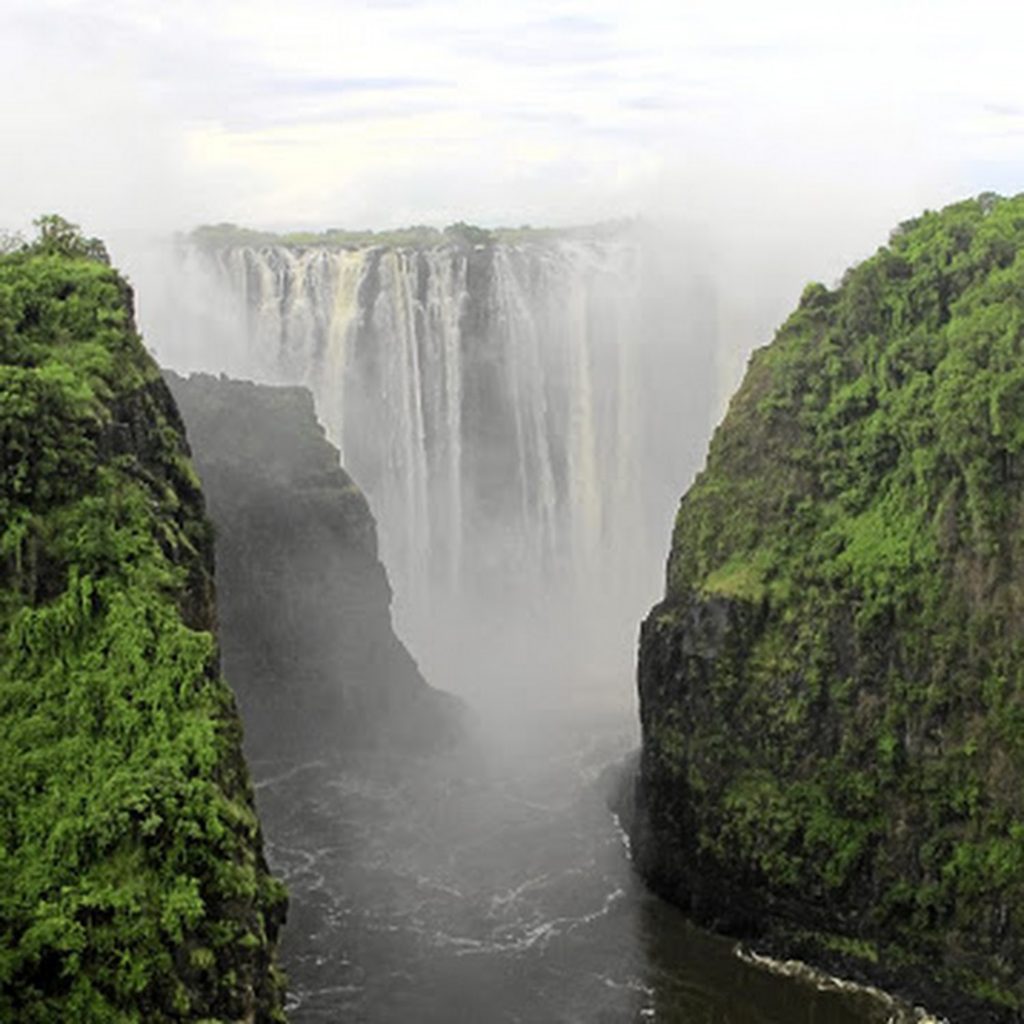
This observation will bring home just how the Falls is odd and awe inspiring. On a typical, sunny Zimbabwe day, waterfall visitors wear the full kit of rain wear (rain coat, floppy rubber hat, plastic coverings over shoes, etc) and drag along an umbrella in the attempt, often unsuccessful, to avoid get soaked by the Falls watery ecosystem.
Meanwhile, in 1855, famous intrepid explorer David Livingstone “discovered” the ”Smoke that Thunders.” He christened the waterfalls after Queen Victoria. He claimed the area for the reigning British monarch who never stepped foot in Zimbabwe. Readers can decide which name fits better — “Victoria Falls” or “Smoke That Thunders?”
Fun fact: The Falls has lunar rainbows, also called “moonbeams.” As the sun sets on a full moon, the light from the moon bounces off the spray and illuminates a rainbow during the night. The spectacular moonbeam lasts from sunset to sunrise.
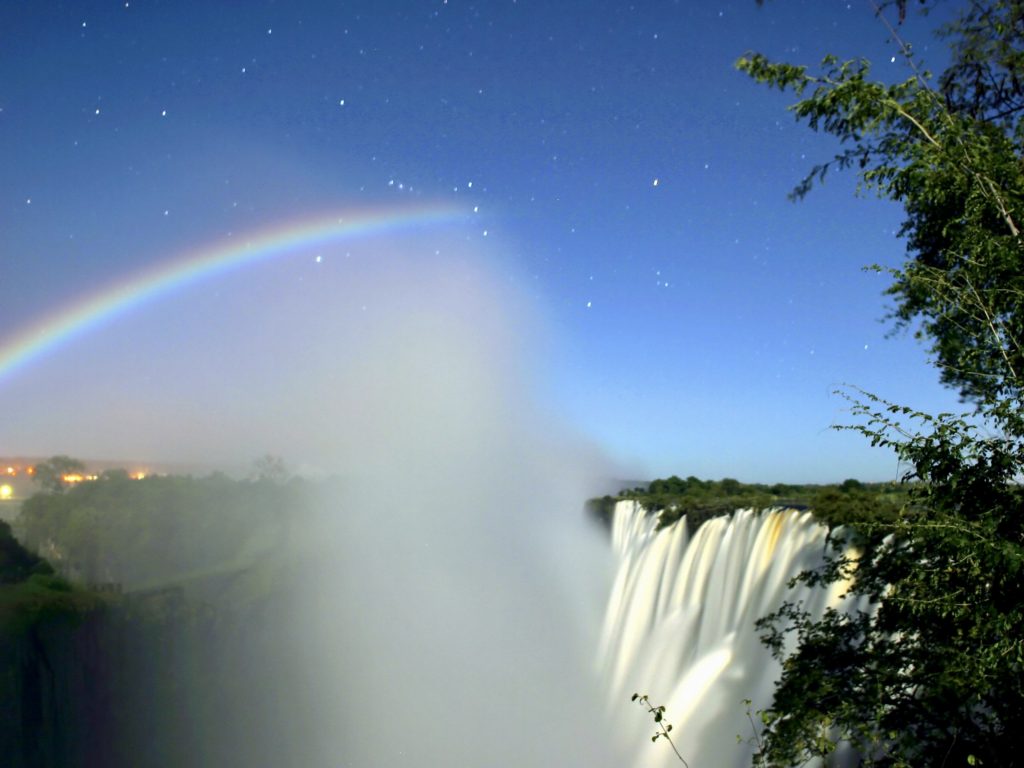
This author did not see a moonbow, but saw something else he will never forget. In Victoria Falls town and neighboring resorts; there are elephants, giraffes and other eye-popping animals that live on the periphery but visit neighboring properties, much like deer in semi-rural America. The nearby town of Victoria Falls is a combination of quaint town, charming tourist enclave, and traditional African under-development. As the author was warned, sure enough, he saw elephants lumbering down the town main street late at night. He crossed the street to give the pachyderms a wide berth — thats hyperbole. In truth, he turned from a side street onto the downtown main drag. On the main street, he saw the elephants from the rear and they sashayed away. The elephants took the next left turn and lumbered down a side street to go — who knows where? Answer: Wherever they wanted to!
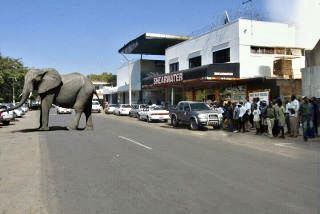
Shameless Plug. Please consider signing up for a FREE subscription to this website which is both a travelogue and literary journal. Notices of new postings, about three new articles a month, will be sent to your email inbox. Note: Your information will never be marketed, sold, or used in any way. The marketing of personal data is a horrible idea.
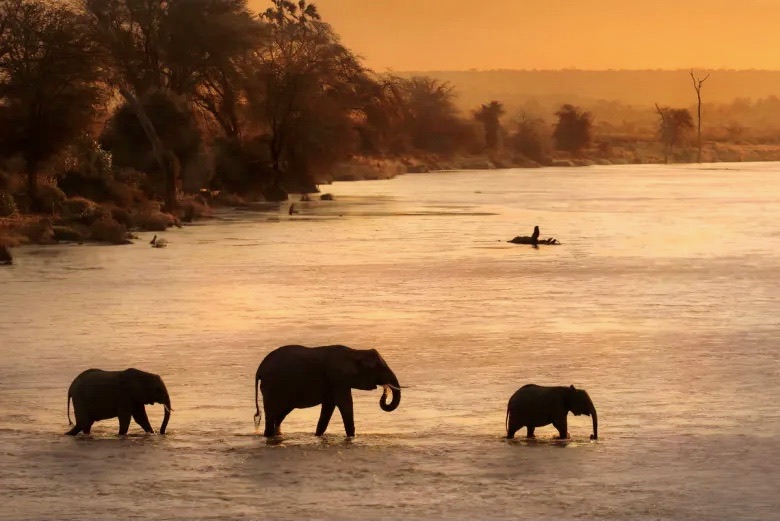
Zepher, you are doing a beautiful job writing this personal travelog. I especially like the photos that go with the journey. We got to see part of the Victoria Falls when we were on a mission trip in Uganda. They were amazing. Our short safari did not have nearly all the wildlife you have been able to see.
Thanks and keep enjoying your life,
Barb W
Great post! We will be linking to this great post on our website.
Keep up the great writing.